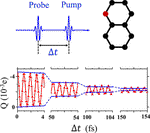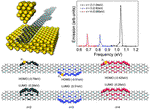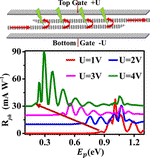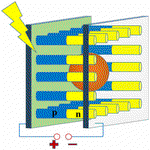Optoelectronic device simulations
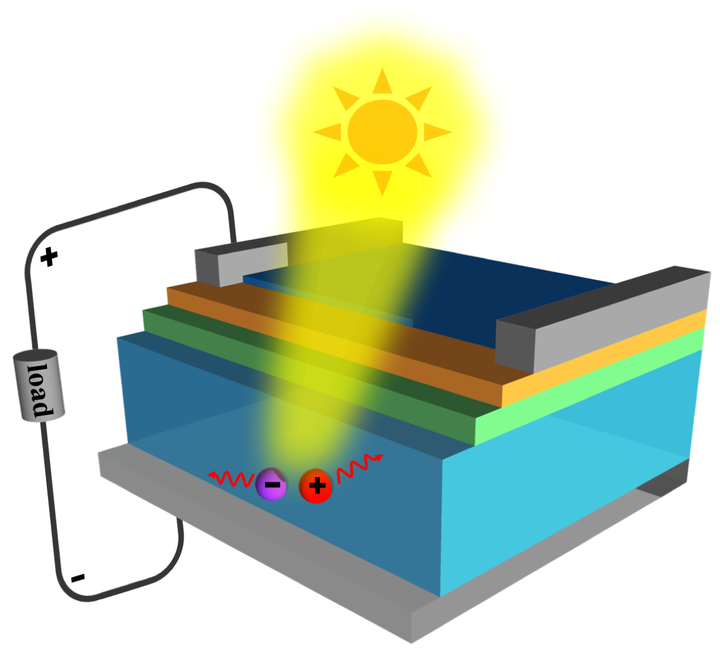
Over the past 30 years, the world has witnessed the rapid development of optoelectronic devices based on III-V compound semiconductors. Past effort has mainly been directed to the theoretical understanding of, and the technology development for, these devices in applications in telecommunication networks and compact disk (CD) data storage. With the growing deployment of such devices in new fields such as illumination, display, fiber sensor, fiber gyro, optical coherent tomography, etc., research on optoelectronic devices, especially on those light emitting components, continues to expand with the pursuit of many experimental explorations on new materials such as group-III nitride alloys and II-VI compounds and novel structures such as quantum wires, dots, and nanostructures.
As the manufacturing technology becomes mature and standardized and few uncertainties are left, design and simulation become the major issue in the performance enhancement of existing devices and in the development of new devices. Recent progress in numerical techniques as well as computing hardware has provided a powerful platform that makes sophisticated computer-aided design, modeling, and simulation possible. So far, the development of optoelectronic devices seems to replicate the history of electronic devices: from discrete to integrated, from technology intensive to design intensive, from trial-and-error experiments to computer-aided simulation and optimization.
Advanced optoelectronic devices are built on compound semiconductor material systems with complicated geometrical structures; they are also operated under varying conditions. For this reason, we can find hardly any easy, intuitive, and analytical solutions to the first-principle-based governing equations that accurately describe the closely coupled physical processes inside such devices. Although solutions are relatively easy to obtain from the equations derived from the phenomenological model, assumptions have to be made in such a model, which often ignores some important effects and fails to achieve quantitative agreement between theoretically predicted and practically measured results.
Therefore, obtaining the solution directly from the physics-based governing equations through numerical techniques seems to be a promising approach to bridge the gap as mentioned above, as not only a qualitative, but also a quantitative matching between the theory and experiment is achievable.
Related
- Tracking Electron Dynamics of Single Molecules in Scanning Tunneling Microscopy Junctions with Laser Pulses
- Revealing generation, migration, and dissociation of electron-hole pairs and current emergence in an organic photovoltaic cell
- Electric Field Tunable Ultrafast Interlayer Charge Transfer in Graphene/WS2 Heterostructure
- Controlling the emission frequency of graphene nanoribbon emitters based on spatially excited topological boundary states
- Tunable Photoresponse by Gate Modulation in Bilayer Graphene Nanoribbon Devices

